 Fordyce Letterhead
Fordyce Letterhead
Time Period: Early Twentieth Century (1901 - 1940) - Starting with F
 Fordyce Letterhead
Fordyce Letterhead
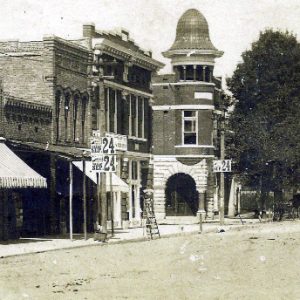 Fordyce Street Scene
Fordyce Street Scene
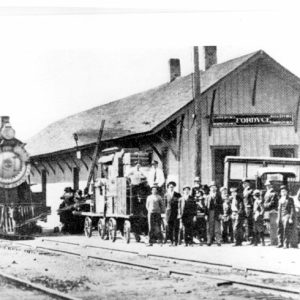 Fordyce Train Depot
Fordyce Train Depot
Fordyce, John Rison
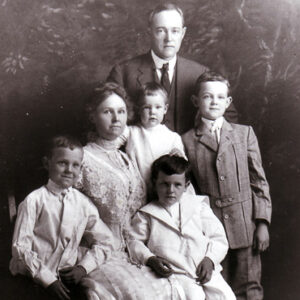 John Fordyce Family
John Fordyce Family
 Samuel Fordyce
Samuel Fordyce
 Susan Fordyce
Susan Fordyce
 Foreman Church
Foreman Church
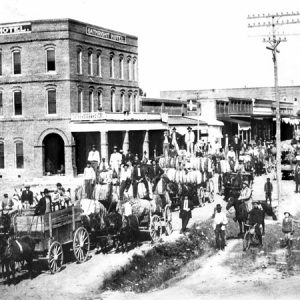 Foreman Cotton Auction
Foreman Cotton Auction
 Foreman Street Scene
Foreman Street Scene
Forest Fire Lookouts
aka: Fire Towers
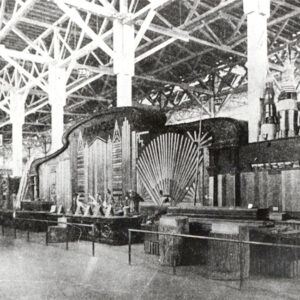 Forestry Exhibit
Forestry Exhibit
 Forrest City Refugee Camp
Forrest City Refugee Camp
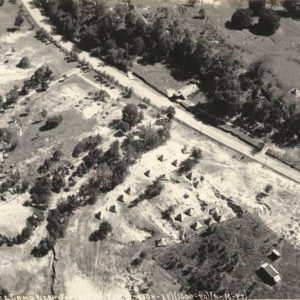 Forrest City Refugees
Forrest City Refugees
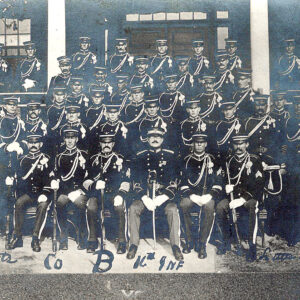 Fort Logan H. Roots Company B
Fort Logan H. Roots Company B
Fort Logan H. Roots Military Post Historic District
aka: Fort Roots
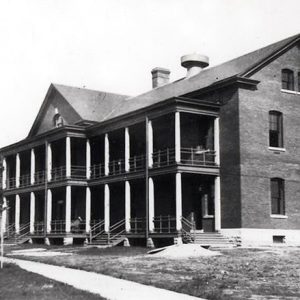 Fort Roots Building 37; 1908
Fort Roots Building 37; 1908
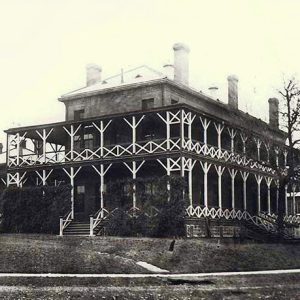 Fort Roots Building 11; 1905
Fort Roots Building 11; 1905
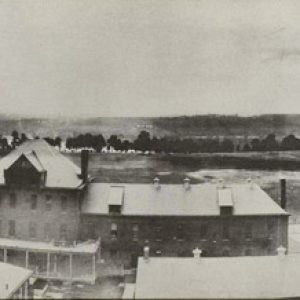 Fort Logan H. Roots Panorama
Fort Logan H. Roots Panorama
 Fort Shiloh
Fort Shiloh
 Fort Smith Switchboard
Fort Smith Switchboard
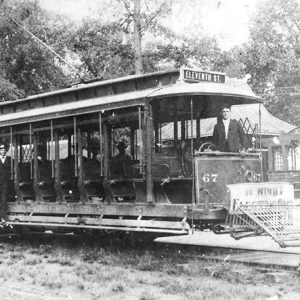 Fort Smith Trolley
Fort Smith Trolley
 Fort Smith Catholic Church
Fort Smith Catholic Church
Fort Smith Confederate Monument
 Fort Smith Flood
Fort Smith Flood
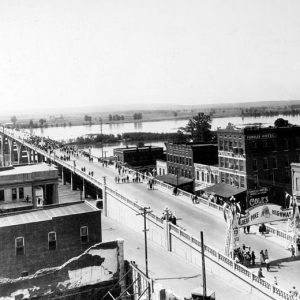 Fort Smith Free Bridge
Fort Smith Free Bridge
 Fort Smith Locomotive
Fort Smith Locomotive
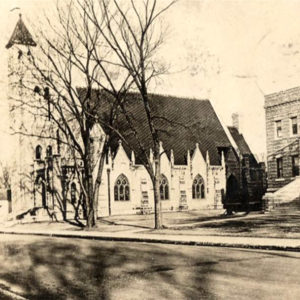 Fort Smith Presbyterian Church
Fort Smith Presbyterian Church
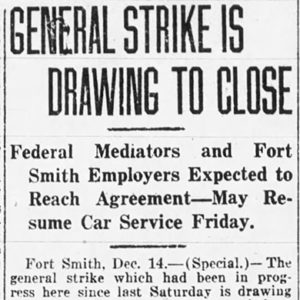 Fort Smith Strike Article
Fort Smith Strike Article
Fort Smith Telephone Operators Strike of 1917
 Fort Smith Times Record
Fort Smith Times Record
 Fort Smith Times Record
Fort Smith Times Record
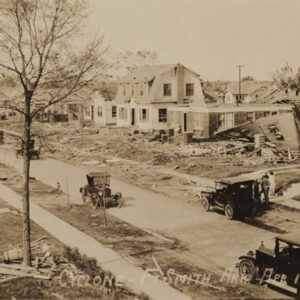 Fort Smith Tornado
Fort Smith Tornado
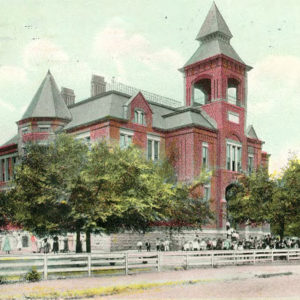 Fort Steele School
Fort Steele School
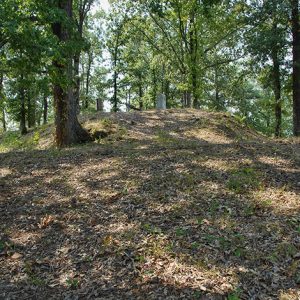 Fort Southerland
Fort Southerland
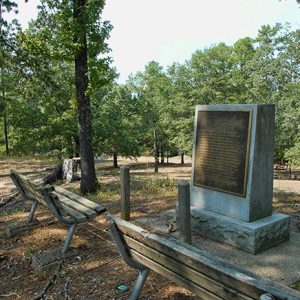 Fort Southerland Park
Fort Southerland Park
 Fort Lookout
Fort Lookout
 Fort Lookout Entrenchment
Fort Lookout Entrenchment
 Foster Band Shell
Foster Band Shell
 Fouke Bank
Fouke Bank
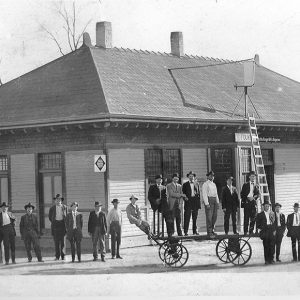 Fouke Depot
Fouke Depot
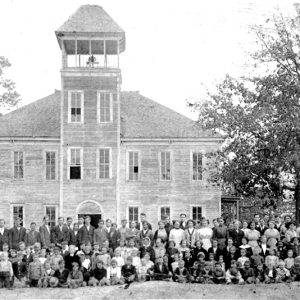 Fouke School
Fouke School
 Fouke
Fouke
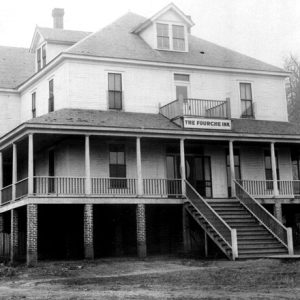 Fourche Inn
Fourche Inn
 Fourche Creek
Fourche Creek
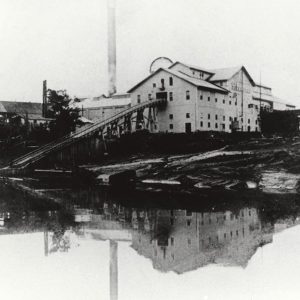 Fourche River Lumber Co.
Fourche River Lumber Co.
Fowler Cemetery
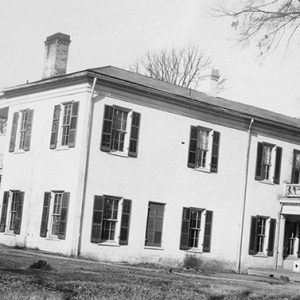 Fowler House
Fowler House




